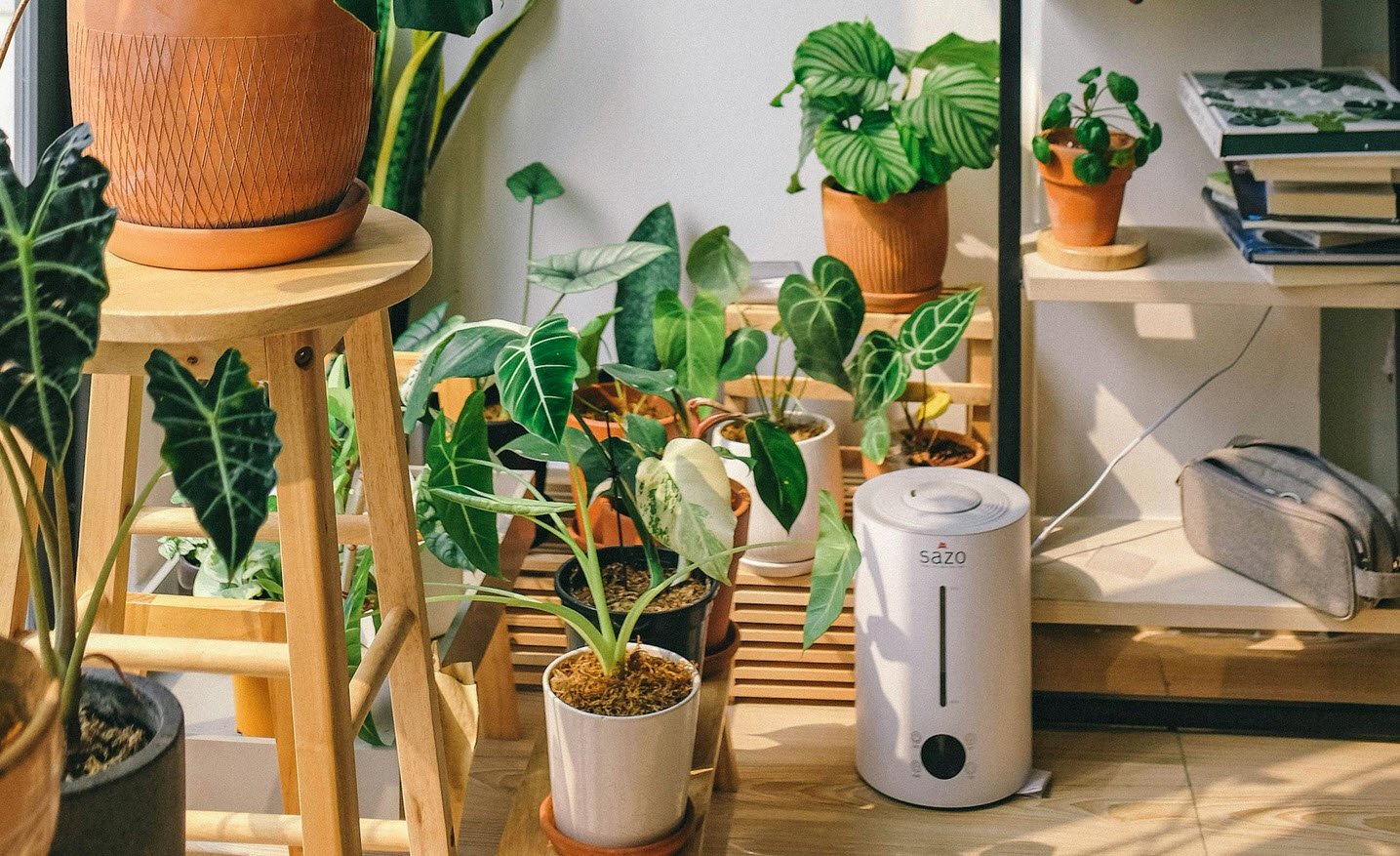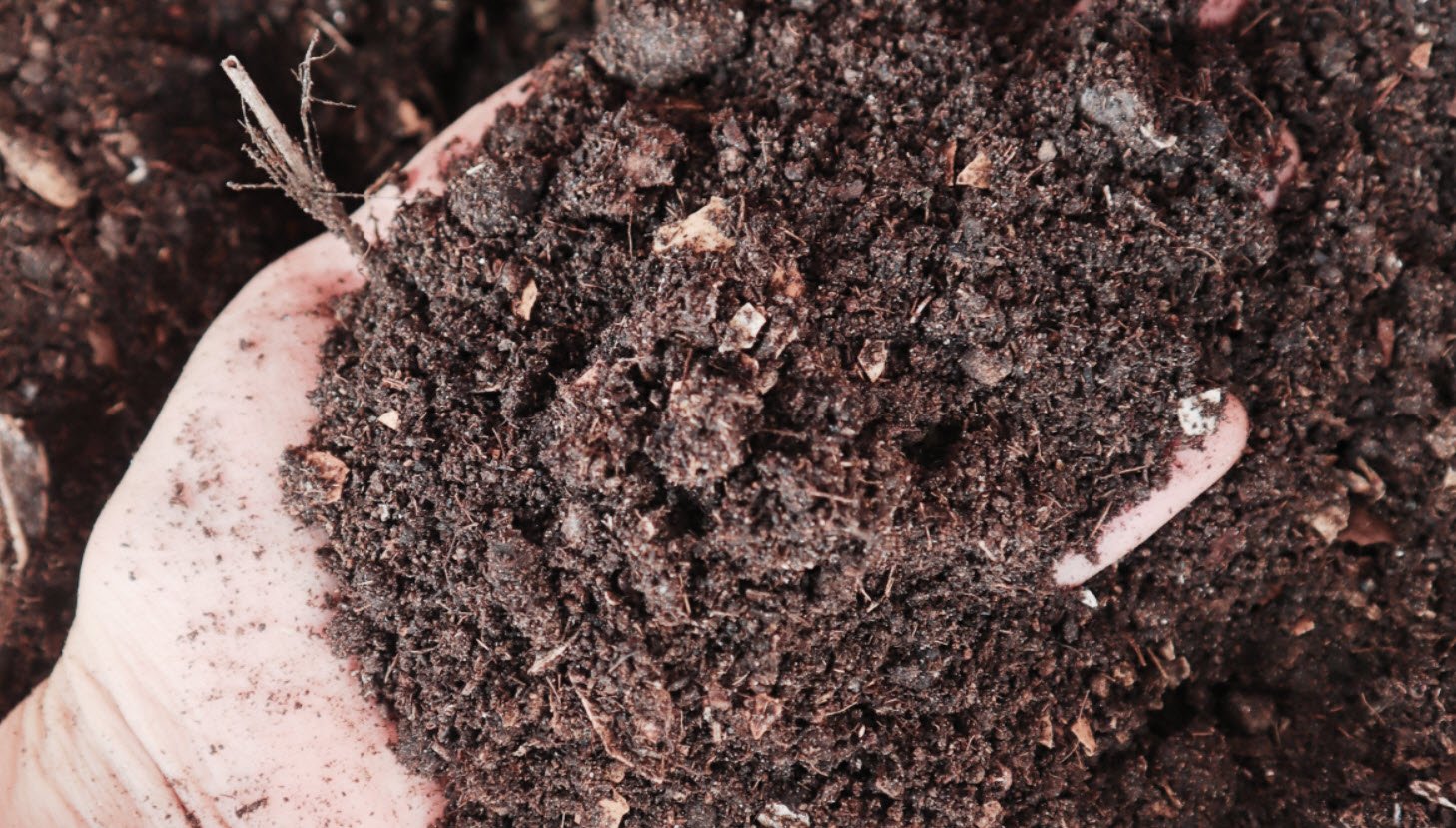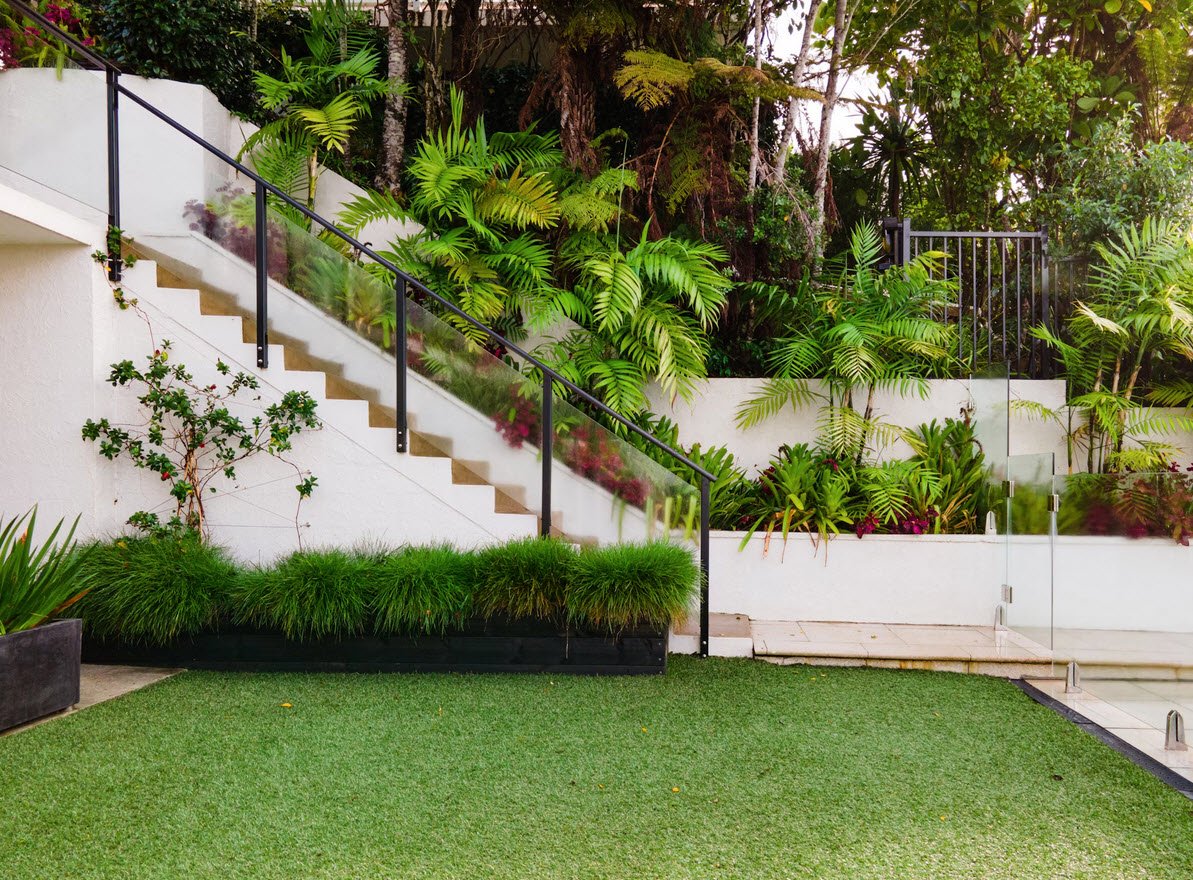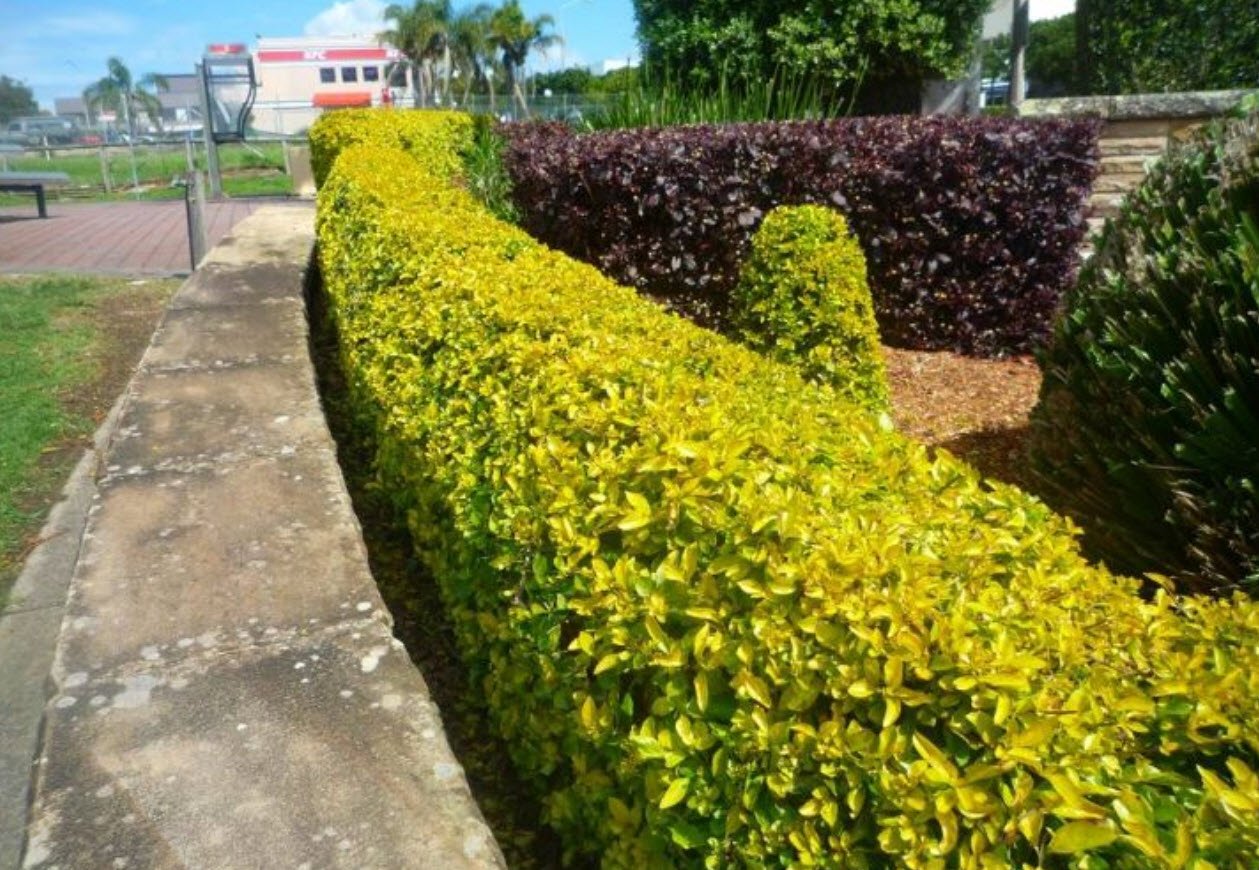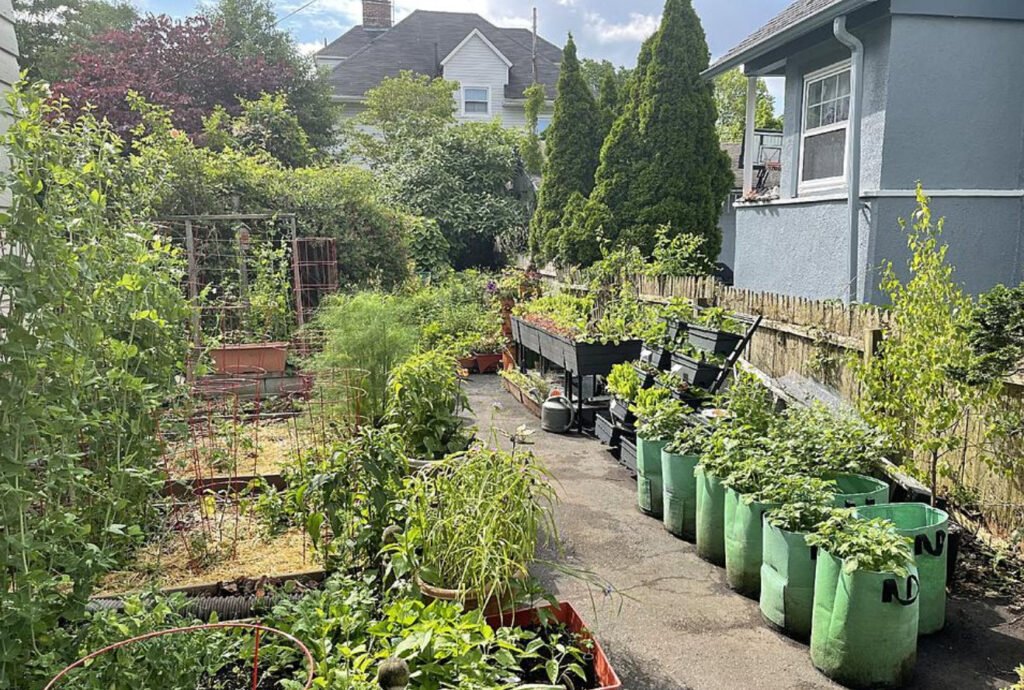
Gardens have been a source of beauty, tranquility, and sustenance for humanity throughout history. However, the way we design and maintain gardens can significantly impact the environment and our natural resources. Unsustainable gardening practices can strain ecosystems, waste valuable resources, and contribute to environmental degradation.
In contrast, sustainable gardening offers a responsible and eco-friendly approach to creating and maintaining gardens that work harmoniously with nature.
Let’s explore the differences between unsustainable and sustainable gardens and the positive impact of embracing sustainable practices.
Unsustainable Gardens
1. Excessive Water Usage: Unsustainable gardens often rely heavily on potable water sources to sustain plants. The regular application of such water strains local water supplies, leading to water scarcity and environmental imbalances.
2. Waste Mismanagement: Trimmings from plants in unsustainable gardens are commonly disposed of in landfills, contributing to unnecessary waste accumulation and missed opportunities for resource recycling.
3. Synthetic Fertilizer Dependency: To achieve lush and vibrant plant growth, unsustainable gardens frequently resort to synthetic fertilizers. These fertilizers can have harmful effects on soil health, water quality, and surrounding ecosystems.
4. Ignoring End-of-Life Considerations: Sustainable practices consider the entire lifecycle of garden structures and materials, but unsustainable gardens often overlook the reuse or recycling potential of these elements once the garden’s life cycle ends.
5. Disconnected from Local Environment: Unsustainable gardens may not take into account the local soils, vegetation, materials, and cultural aspects of the region. This disconnection from the environment can lead to higher maintenance needs and an ecological imbalance.
Sustainable Gardens
1. Water Conservation: Sustainable gardens prioritize water conservation by minimizing the use of potable water. They utilize alternative water sources such as local precipitation, harvested rainwater, air conditioner condensate, and runoff from impervious surfaces directed into the gardens.
2. Composting and Mulching: Trimmings from plants are composted in sustainable gardens, enriching the soil and reducing waste. The compost is also used as mulch to retain soil moisture, suppress weeds, and improve soil health.
3. Organic and Natural Fertilization: Sustainable gardens employ the natural soil food web and organic matter from on-site vegetation to promote healthy plant growth. This approach enhances soil fertility, supports beneficial soil organisms, and reduces the need for synthetic fertilizers.
4. Reusability and Adaptability: Sustainability-minded gardens are designed with an emphasis on reusing garden structures and features. This allows for easy deconstruction, reclamation, or recycling at the end of the garden’s life cycle.
5. Embracing Local Elements: Sustainable garden designs are tailored to fit the unique characteristics of the site, including local soils, vegetation, materials, and cultural aspects. By embracing local elements, these gardens seamlessly integrate with the environment, requiring less maintenance and resources.
| Unsustainable Gardens | Sustainable Gardens |
| Requires regular application of potable water to sustain plants. | Minimizes the use of potable water to support plants by using the following water sources:
|
| Plant trimmings are disposed of in the landfill. | Plant trimmings are composted and used as mulch. |
| Fertilizers are needed to support healthy plant growth. | The natural soil food web, properly chosen plant species, and organic matter from on-site vegetation promote healthy plant growth. |
| The reuse of site structures or materials at the end of the project life is not considered. | Garden structures and features can be adapted and reused in place or easily deconstructed and reclaimed or recycled. |
| More time, resources, and maintenance are needed because the layout and design does not incorporate local soils, vegetation, materials, and culture. | Design solutions fit the place and are representative of the local soils, vegetation, materials, and/or culture. |
The importance of sustainable gardening goes beyond creating aesthetically pleasing landscapes. It plays a crucial role in preserving biodiversity, conserving water resources, reducing waste, and mitigating the impacts of climate change. Gardeners, landscapers, and homeowners can make a significant difference by adopting sustainable practices in their gardening endeavors.
By nurturing nature responsibly, we can cultivate greener and healthier spaces that not only benefit us but also contribute to the well-being of the planet.


